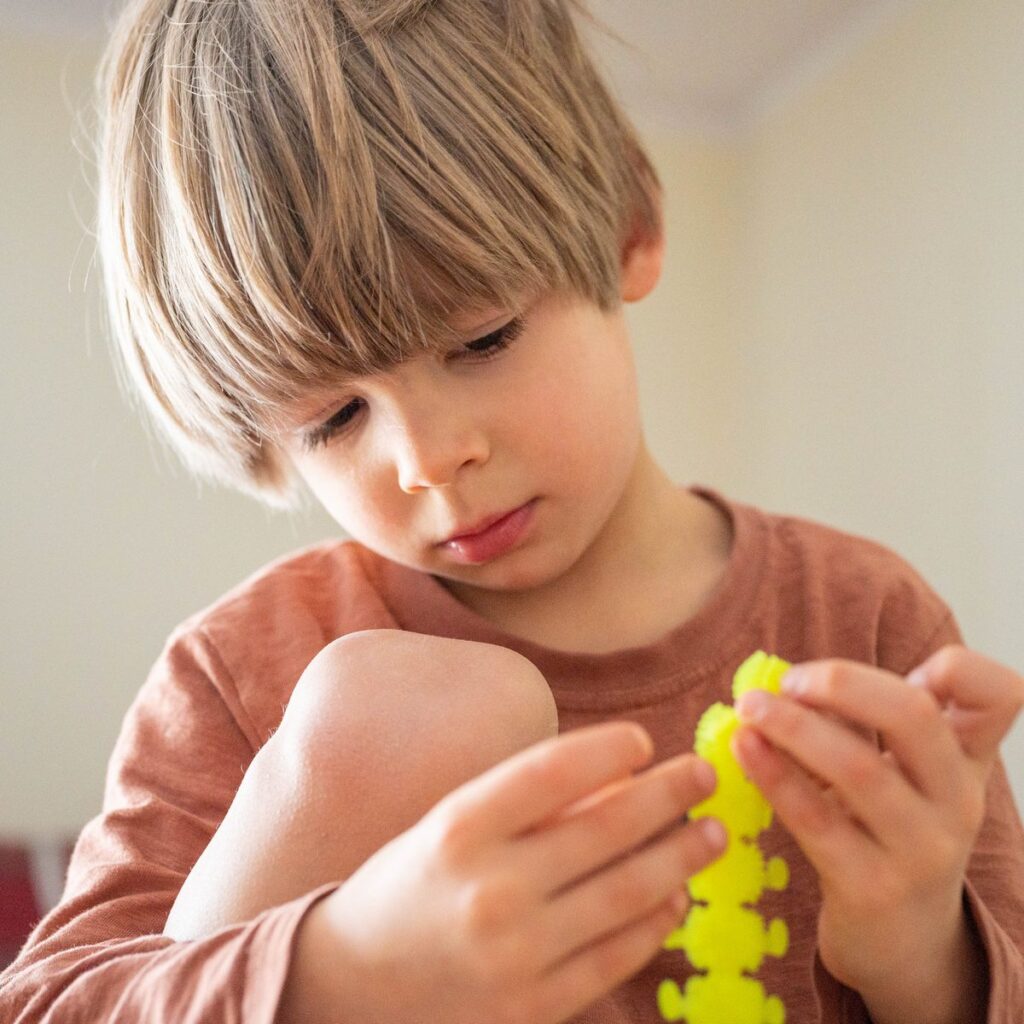At Wellspring, we understand the challenges that anxiety and depression can pose for children and their families. Our specialized Cognitive Behavioral Therapy (CBT) program is designed to equip young minds with the tools to navigate these difficulties and thrive. If you’re wondering whether CBT might be right for your child, consider the following:
- Is your child struggling with persistent fears or phobias?
- Are anxiety or depression impacting your child’s daily life?
- Does your child experience separation anxiety or panic attacks?
- Does your child struggle with test or performance anxiety?
Wellspring’s therapists provide short-term cognitive behavioral therapy (CBT) for children with anxiety, obsessions and compulsions, and depression. This work is grounded in research supporting its effectiveness in dealing with these issues. CBT helps children identify and challenge negative thinking patterns affecting sleep, mood, social interactions, and performance.
Recent studies have shown that CBT can reduce anxiety symptoms in children
by up to 60% after 12-16 sessions.
When working with a CBT therapist, children learn coping tools for recognizing and working with difficult emotions or irrational beliefs. Once children integrate these new strategies into their daily lives, they feel more confident managing feared situations and challenging emotions.

